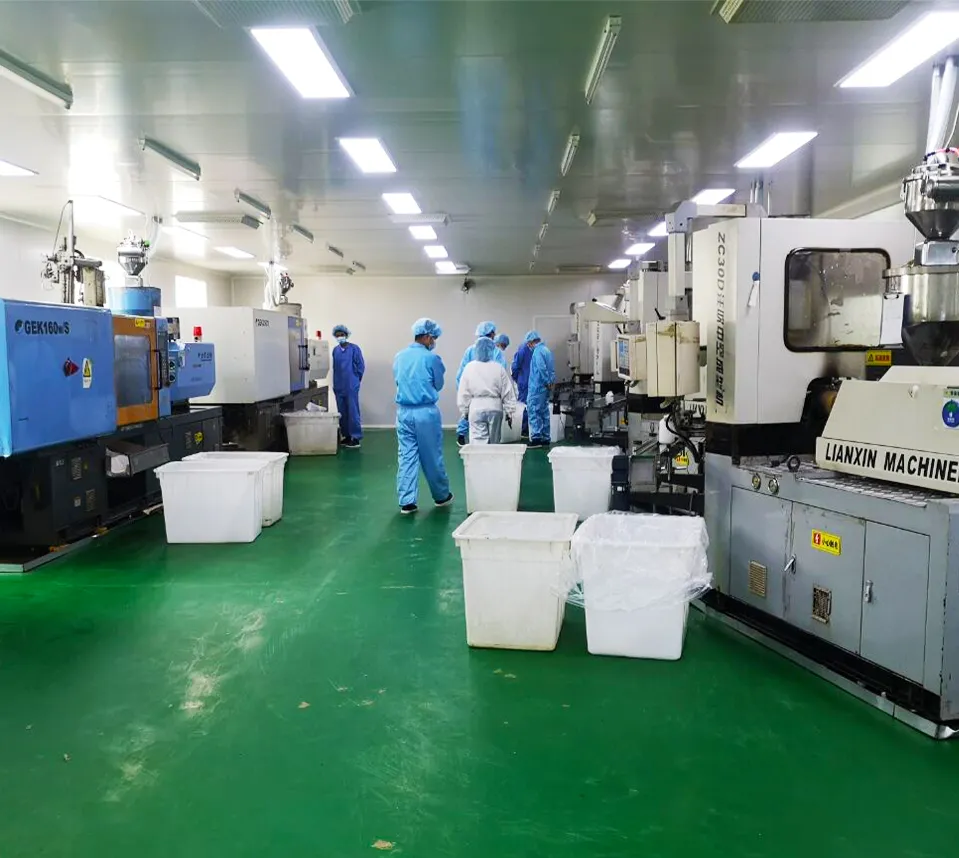Exploring the Benefits of Polypropylene Petri Dishes in Laboratory Applications
The Role of Polypropylene Petri Dishes in Modern Science
In the realm of scientific research and microbiology, the tools and materials used can significantly influence the accuracy and reliability of experimental outcomes. One ubiquitous tool in this field is the Petri dish, a shallow, cylindrical, flat-bottomed dish made of glass or plastic. Among the various materials used for Petri dishes, polypropylene has emerged as a preferred choice in recent years due to its unique properties and benefits.
Polypropylene, a thermoplastic polymer, is renowned for its versatility, durability, and resistance to chemical reactions. When it comes to Petri dishes, these properties translate into a reliable tool for researchers working with various biological samples. Unlike traditional glass Petri dishes, polypropylene dishes are lighter and less prone to breakage, which is particularly advantageous in laboratory settings where handling can be fast-paced and sometimes careless.
One of the most significant advantages of polypropylene Petri dishes is their resistance to chemicals. In microbiological studies, researchers often expose samples to various substances, including solvents, acids, and alkalis. Polypropylene's resilience to chemical degradation means that it can withstand these interactions without compromising the integrity of the samples or the experimental results. This is crucial when performing tests that require the growth of microorganisms, as any contamination or alteration in the environment can lead to inaccurate data.
The Role of Polypropylene Petri Dishes in Modern Science
The clarity offered by polypropylene is another point of interest. Although glass Petri dishes have traditionally dominated the market due to their transparent nature, polypropylene has made significant strides in offering a clear view of the contents inside the dish. This transparency allows for effective monitoring of bacterial growth or any other observable reactions without the need to open the dish, thereby minimizing the risk of contamination.
polypropylene petri dishes

In addition to its practical advantages, the economic aspects of using polypropylene Petri dishes cannot be overlooked. They are generally more affordable than their glass counterparts, and the savings multiply considering their durability and reduced likelihood of breakage. Researchers and institutions that are budget-conscious can significantly benefit from the value offered by polypropylene dishes, enabling them to allocate resources more efficiently.
The usage of polypropylene Petri dishes extends beyond traditional microbiology labs. In educational settings, these dishes are often used in biology classes to teach students about cell culture, microbial growth, and scientific experimentation. Their ease of handling and safety make them suitable for use in schools, where the risk of breaking glass items could pose safety hazards. Teaching young minds about scientific principles using these durable and safe tools can foster a greater understanding and appreciation of the sciences.
Another noteworthy application of polypropylene Petri dishes can be found in various fields beyond microbiology, including food safety and testing, environmental monitoring, and pharmaceutical research. In food safety, for instance, polypropylene dishes are utilized to culture foodborne pathogens, allowing food scientists to evaluate the safety and quality of food products. Similarly, environmental scientists employ these dishes to study microorganisms in soil or water samples, contributing to ecological assessments and contaminant studies.
As research and technology continue to evolve, the role of polypropylene Petri dishes in various scientific disciplines is likely to expand. Their combination of durability, chemical resistance, affordability, and ease of use positions them as an essential tool in modern laboratories. With ongoing advancements in materials science, we may see even further innovations in the design and application of these dishes, helping to facilitate scientific discoveries and improvements in health and safety across industries.
In conclusion, polypropylene Petri dishes have transformed the landscape of microbiological research and numerous other scientific fields. Their advantages over traditional materials demonstrate that, in science, the right tools can significantly enhance the quality and reliability of research outcomes. As we continue to explore and understand the intricacies of life and the environment, polypropylene Petri dishes will undoubtedly remain a cornerstone asset in laboratories around the world.
-
Aesthetic Makeup Spray Bottles | Fine Mist Empty RefillableNewsAug.19,2025
-
White Plastic Veterinary Vaccine Vials | Lab Liquid BottlesNewsAug.18,2025
-
Plastic Medicine Liquid Bottle: Secure Flip Top Drug VialsNewsAug.17,2025
-
Durable 250ml Blue Plastic Vaccine Vial for Lab & Vet UseNewsAug.16,2025
-
Sterile Virus Sample Tubes: Secure & Reliable Specimen CollectionNewsAug.15,2025
-
White 250ml Plastic Vaccine Vial for Lab & Vet MedicineNewsAug.14,2025
























